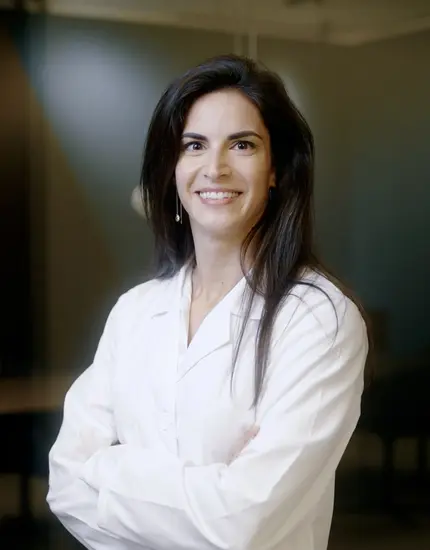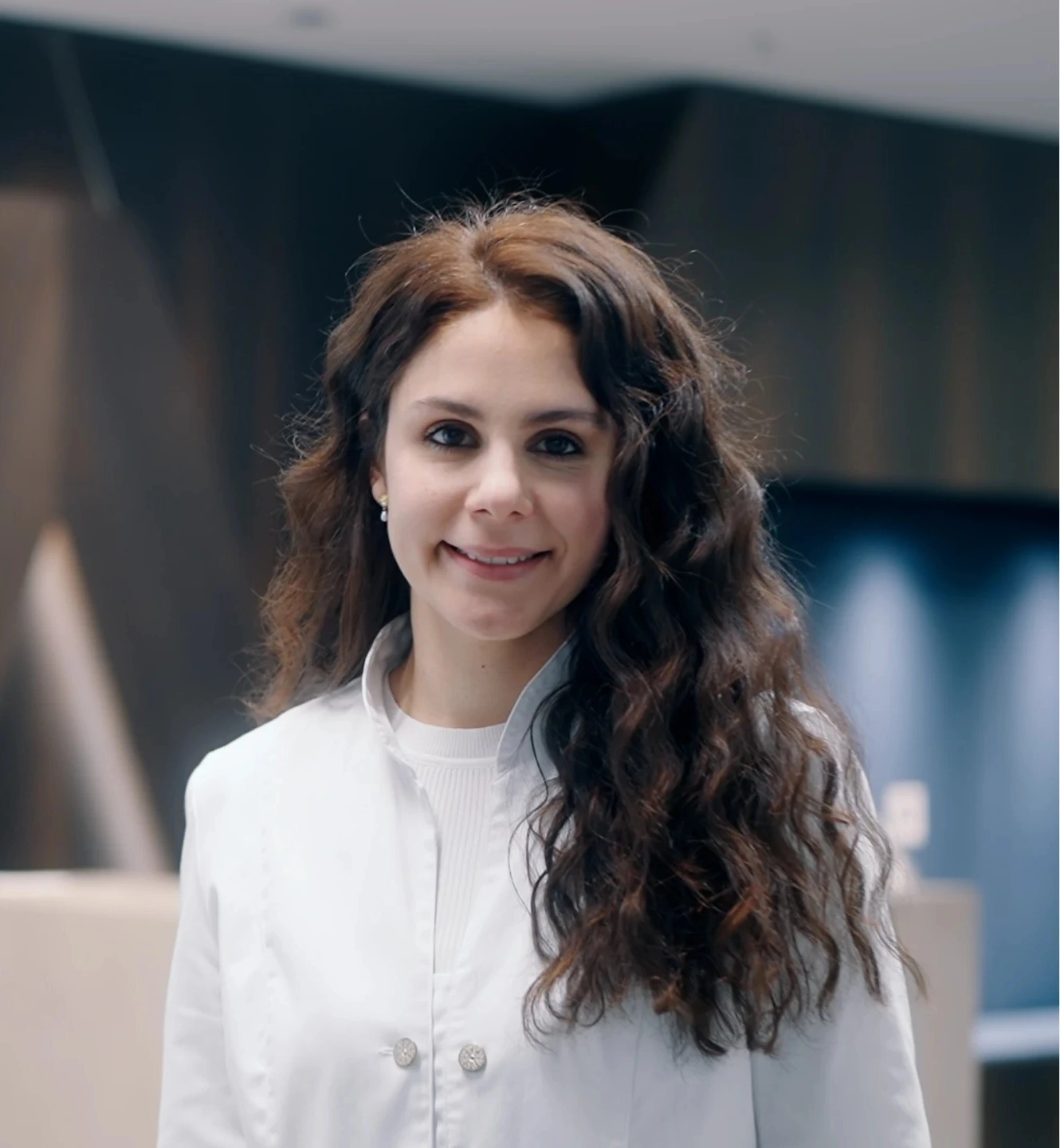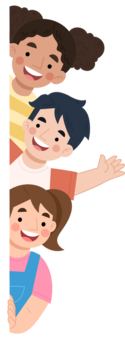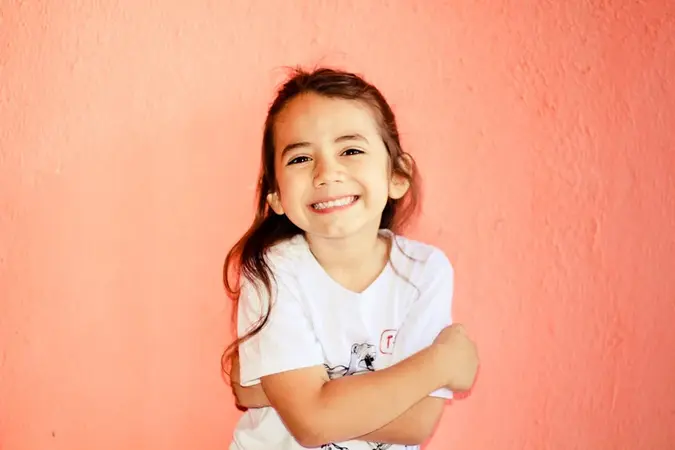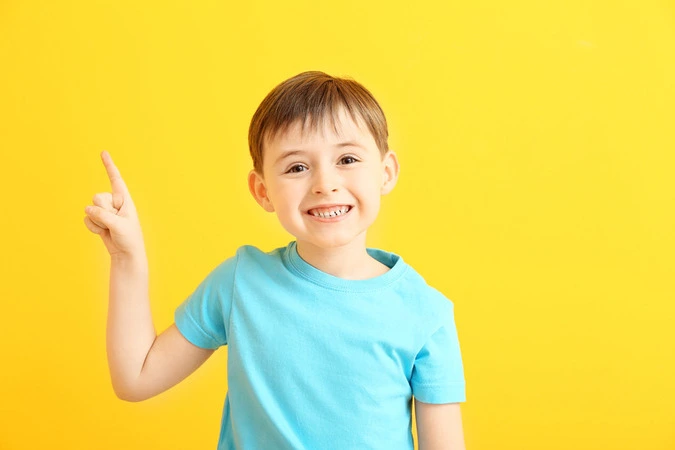Pediatric Ophthalmologist Frankfurt
Eye health plays a crucial role in
a
child’s development. Ms. Ivana Pavlovic,
former senior physician in
pediatric
ophthalmology at the
University Hospital Frankfurt,
and Dr. Claudia Grunwald, an
experienced expert
in this field, will
provide personal and
compassionate care for your child.
![]() Individualized Care
Individualized Care
![]() Modern Diagnostic Techniques
Modern Diagnostic Techniques
![]() Top-Level Expertise
Top-Level Expertise


